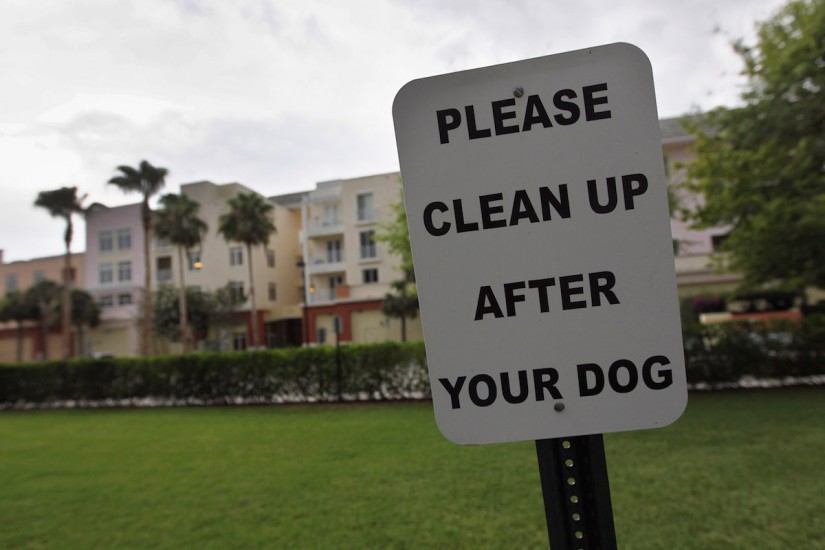In 1915, William Carlos Williams published a poem about dog waste. When industrial fertilizer replaced dung heaps, its spoils helped fund the spread of plastics. “Pastoral” shuns rural landscape in favor of a city scene, with an old man walking in the gutter. In Williams’s assessment, the man “gathering dog lime”—a euphemistic name for dog dung—does work “more majestic than / That of the episcopal minister.”
A 21st-century reader would likely find the man’s action unremarkable. Today, dog feces are understood to have dangerous levels of E. coli and salmonella, not to mention untold parasites. Therefore, they must be tucked away in plastic bags and deposited at the nearest poop station. Williams’s old man is significant for his dignity but not his occupation.
But it wasn’t always this way. Animal waste once provided a necessary ingredient for agriculture, especially at a local scale. When industrial methods of fertilization combined with germ theory, dung heaps became outmoded. Then the same chemical industries that synthesized fertilizer developed plastics, the materials now used in bags to clean up dog poop instead of recycling it.
Before Western societies built conduits to flush excrement into the waterways, it was piled into dung heaps for reuse. Even in the Middle Ages, the stuff was a source of valuable materials, even if a noxious one. For alchemists, dung heaps were a source of saltpeter and, for some, including the 12th-century master Morienus, they provided the first materials for fabricating the philosopher’s stone. In an era before the Bunsen burner, dung heaps provided chemical researchers with a source of constant, elevated temperatures. The complex preparations were placed in flasks and buried in piles of manure where they underwent “digestion”—a process of slow heating over many weeks, and one of the fundamental transformations in the alchemical tradition.
In the 19th century, physicians and public-health officials began to understand disease-transmission vectors with more precision, even though germ theory did not triumph until near the end of the century. Particularly in Western Europe, health reforms inspired large urban public works to deal with waste. Government officials inventoried communities, especially where there were concentrations of urban poor. Not surprisingly, they found huge piles of garbage, including human and animal waste, in the streets.
